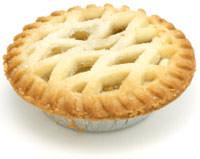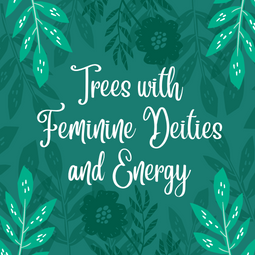My umbrella broke on the way to work this morning. And when I say broke, I mean inside out, every conceivable piece of metal twisted, how was this ever even an umbrella broke. This may have had something to do with a certain hurricane that has been meandering towards us for the past couple of days.
Hurricane Gonzalo began in the Atlantic Ocean on the 12th October. It gradually strengthened into a category 4 hurricane as it wended its way across the north-east Caribbean, with wind speeds of over 130 mph. On its approach to the UK it lost much of its destructive power and was gradually downgraded from hurricane status entirely.
The weather that we have experienced last night and today - winds up to 75mph and two weeks worth of rain in just 8 hours - is just the remnants of this fearsome storm. In the Caribbean, large areas of Bermuda have experienced blackouts, one person is dead in St. Maarten, and there has been large scale damage to infrastructure and buildings on all of the affected Islands.
The consequences of Hurricane Gonzalo have also been severe in the UK; so far, three deaths have been confirmed, one of these due to a falling tree. Travel will be affected; 10% of all flights have been cancelled from Heathrow, and all day there have been reports of difficult driving conditions and trees disrupting train services.
I have a sneaking suspicion that many other brollies will also be joining mine in the bin.
Of course, these conditions will have damaged a lot of trees and plants in gardens across the country. Below is some advice to help you care for your plants in the aftermath of these conditions, and some ideas for preventative measures next time strong winds are predicted to hit our usually mild shores.
Tips For Looking After Wind Damaged Trees
- Leaning trees - If you have a tree that has begun to lean during a storm, first you need to evaluate the lean.
- If it is leaning from the base of the tree, and the root system has been disturbed/exposed, it will require immediate attention. Often, small trees (with a trunk of less than 4 inches in diameter) that are in this condition can be saved by staking them into an upright position. As they are still young and growing heavily, they may establish strong enough root systems to save themselves.
- An older tree is highly unlikely to ever recover, and should be removed before it can fall completely. Add some supporting stakes to ensure the tree does not fall over in the meantime.
- Broken Smaller Branches and General Canopy Damage - If your trees have suffered from lots of broken branches in strong wings or even winter storms, they will soon begin sprouting lots of smaller twiglets on or near to the broken branches. This is your tree trying to mend itself! The best action to take is to leave approximately one third of these sprouts untouched (aim for sprouts that are well spaced apart). Remove a third completely and shorten the rest. This will reduce the likelihood of overcrowding later on in your trees life. Don't prune this new growth for at least a year to allow your tree to regenerate itself.
- Larger Broken Branches - The most important point here is to make sure you don't leave any damaged wood on the tree, as this is often where diseases will worm its way in. Cut the rest of the branch off leaving a clean incision.
Ideas For How To Protect Your Trees From Extreme Wind In The Future
- Spend some time in your garden working out which of your trees are most vulnerable. Often this will be trees that are most exposed (ie. standing alone in the garden or on higher ground), trees with co-dominant stems and younger trees with less developed root systems. These are the trees which will need the most protection.
- If there are any trees close to your property, it may be an idea to have those inspected by a professional arborist. Sometimes trees can fall in strong winds for for seemingly very little reason. In actual fact there can be all kinds of hidden issues with trees, such as rotting or shallow roots, or decay and disease which is weakening the strength of the tree. Falling trees can cause an incredible amount of damage so in this case prevention is better than cure.
- Protecting Younger Trees - the best way to protect younger trees and saplings is to give them some support. Plant sturdy supporting stakes on either side of the sapling, and secure loosely (if you secure your plants too firmly to the supporting stakes that can cause damage in itself).
- Pruning - One of the most effective ways to help established trees withstand extreme conditions is by effective thinning of branches.This means that your trees will not put up so much resistance to strong winds, and is less likely to experience damage
I hope these hints help you in the post-hurricane clean up operation. If you have any other useful hints, let us know!


